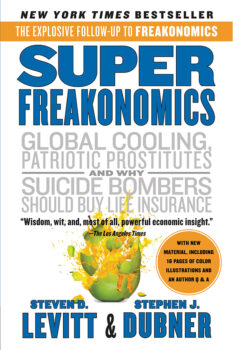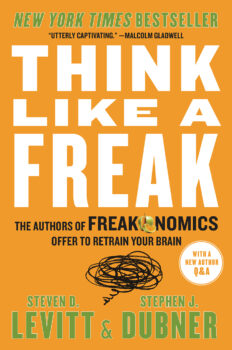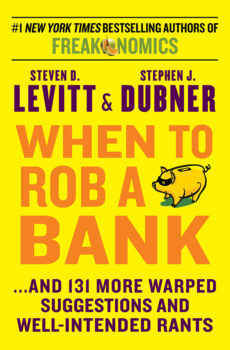NBA Fans Give the League a Predictable Present on Christmas
Before labor peace came to the NBA, it was not uncommon to hear stories that the lockout was going to negatively impact fan interest in the game (here is one example in this genre). The story basically went as follows:
1. Fans become angry when the games are taken away.
2. The longer fans go without games, the angrier they become.
3. Stay away too long and the angry fans will never come back.
This story actually gets repeated every time a labor dispute that taken away games in North American sports. And the story certainly seems plausible.
A few years ago, though, Martin Schmidt and I investigated the impact disputes have upon fan attendance; and much to our surprise (yes, we tended to believe the stories sports writers had told us for years) we failed to find an effect. Attendance in the major North American sports is not statistically impacted by labor disputes.




